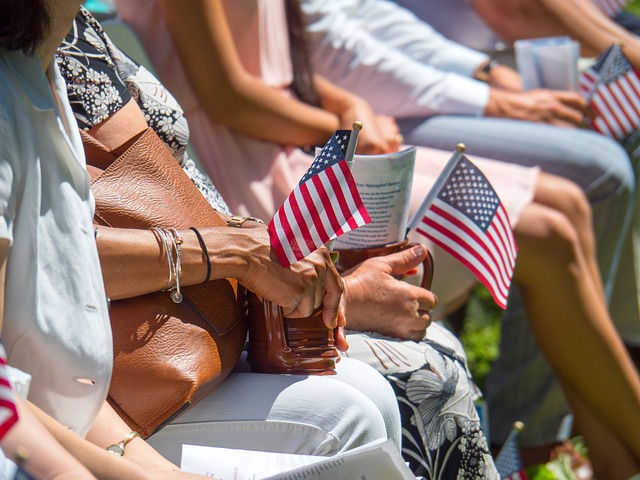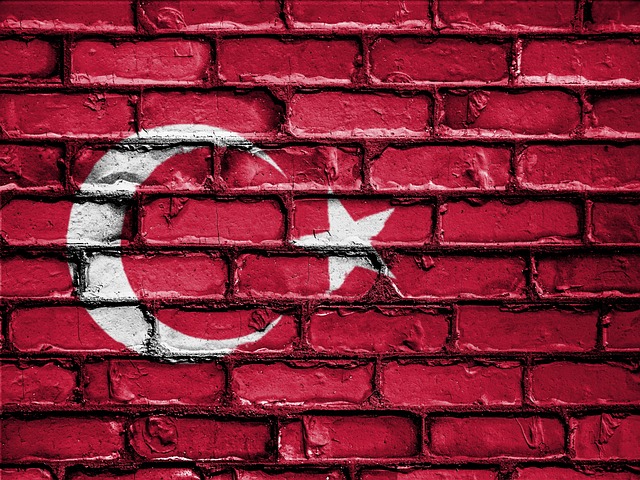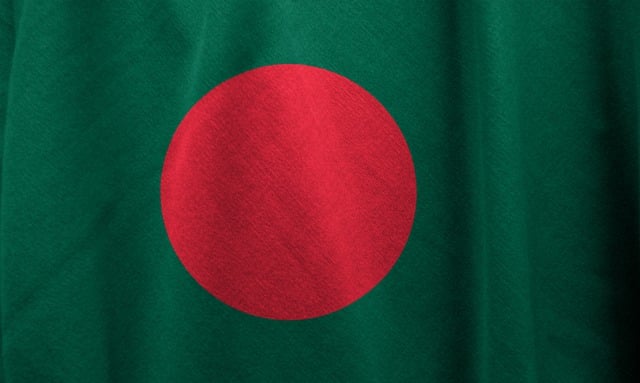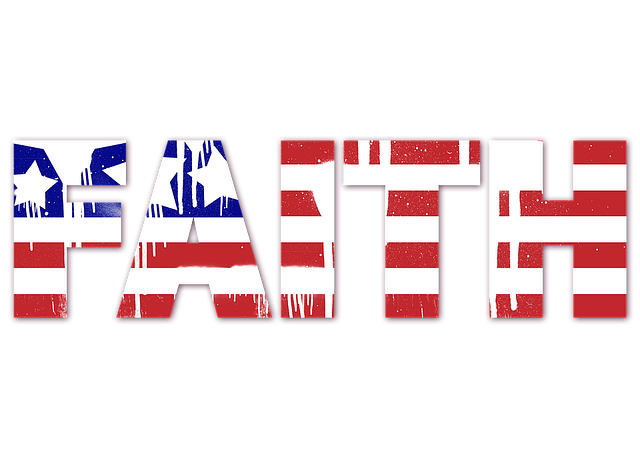The "American Flag Peace Sign" combines the iconic US flag with the universal peace symbol, reflecting societal values of freedom, unity, and global harmony. Originating from the 1960s counterculture against the Vietnam War, it has evolved into a versatile symbol for peace and activism, appearing in street art, merchandise, and social media worldwide. This powerful visual sparks discussions on patriotism, activism, and cultural representation, serving as both a call for world peace and a critique of political rhetoric. Today, its enduring relevance promotes global dialogue and bridges cultural gaps.
“Unveiling the powerful symbol of the American Flag intertwined with the peace sign, this article delves into the historical journey and cultural evolution of these iconic elements. From its roots in anti-war movements to its modern representation, we explore how the peace sign’s integration into the U.S. flag reflects changing societal values. Discover the diverse interpretations and enduring relevance of this unique blend, which continues to captivate and inspire across generations.”
- Historical Context of Peace Symbols in America
- The Evolution of the American Flag: Incorporating Peace Sign
- Cultural Impact and Interpretations
- Modern Usage and Symbolism's Relevance Today
Historical Context of Peace Symbols in America

In the context of American history, peace symbols have played a significant role in various social and political movements. The iconic image of the peace sign, with its circular design and broken lines, emerged during the 1960s counterculture movement as a universal symbol of opposition to war and violence. This period saw a surge in activism against the Vietnam War, and the peace sign became a powerful tool for expression. It represented a desire for harmony and a rejection of the conflict that was tearing the nation—and the world—apart.
The combination of the American Flag and the peace sign is a unique fusion of national identity and anti-war sentiment. The flag, with its stars and stripes, symbolizes freedom, unity, and the ideals upon which the United States was founded. By integrating the peace sign into this iconic imagery, individuals have created a powerful statement about their desire for peace while also paying homage to their country. This blend of symbols has been particularly prominent in contemporary culture, where it continues to inspire conversations about social justice, non-violence, and the pursuit of global harmony.
The Evolution of the American Flag: Incorporating Peace Sign

The iconic American Flag, a symbol of freedom and democracy worldwide, has undergone numerous transformations over its history. One unique fusion that has emerged in recent times is the integration of the peace sign into this sacred emblem. This creative blend, known as the “American Flag Peace Sign,” has sparked both fascination and debate among Americans.
The evolution of the American Flag to incorporate a universal symbol of peace reflects changing societal values and a desire for unity. The peace sign, originally popularized during the counterculture movement of the 1960s, represents non-violence, harmony, and a global call for peace. When combined with the stars and stripes of the U.S. flag, it creates a powerful statement that transcends political boundaries. This fusion has become a popular form of self-expression, allowing individuals to display their patriotism while promoting a message of peace at home and abroad.
Cultural Impact and Interpretations

The combination of the peace sign and the U.S. flag has become a powerful visual symbol, evoking diverse interpretations and sparking meaningful cultural discussions. This unique fusion holds significant weight, especially considering the iconic status of both elements in their respective contexts. The American Flag, with its stars and stripes, represents freedom, democracy, and national identity, while the peace sign, originating from anti-war movements, symbolizes harmony, unity, and global understanding.
When these two symbols intertwine, they create a thought-provoking contrast and conversation. Some view it as a call for world peace and an end to conflicts, especially when associated with American values of liberty and justice. Others interpret it as a critique of political rhetoric or a commentary on the complex relationship between national identity and global cooperation. This interpretation invites viewers to reflect on the nuances of patriotism, activism, and cultural representation, making it a versatile and engaging art piece in various mediums, from street art to merchandise.
Modern Usage and Symbolism's Relevance Today

The iconic American Flag Peace Sign has evolved from its original political statement to become a universal symbol of peace and harmony. Originally created as a protest against the Vietnam War, this powerful image combines the symbols of the United States with a universal sign of non-violence. Today, it’s not uncommon to see the American Flag Peace Sign adorning t-shirts, stickers, and social media profiles, representing a desire for world peace and an end to conflict.
This modern usage extends beyond individual expression; it’s often used in political rallies, activism, and community events as a rallying cry for unity and understanding. The symbol remains relevant today, reminding us of the enduring values of peace and freedom that the United States stands for. Its universal appeal transcends political boundaries, making it a powerful tool to foster dialogue and bridge cultural gaps.
